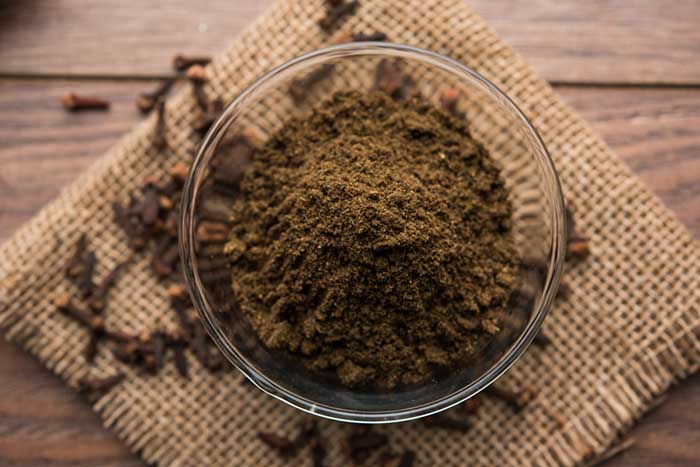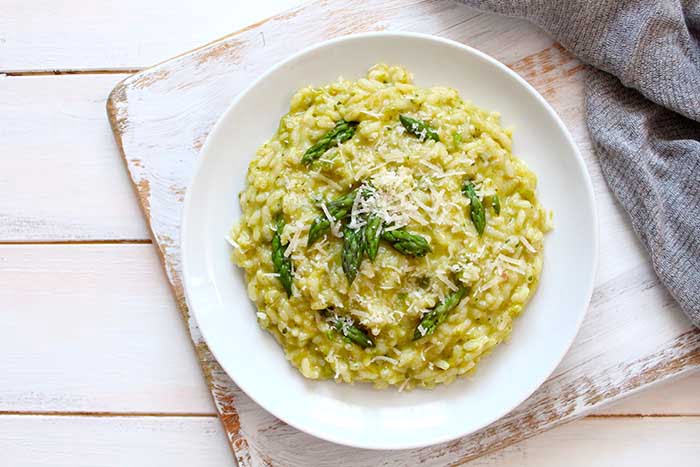Need a last-minute sun-dried tomato substitute? From tamarind paste to tomato purée, these six best alternatives will give you the flavor and texture you need for your pasta sauce or salad.
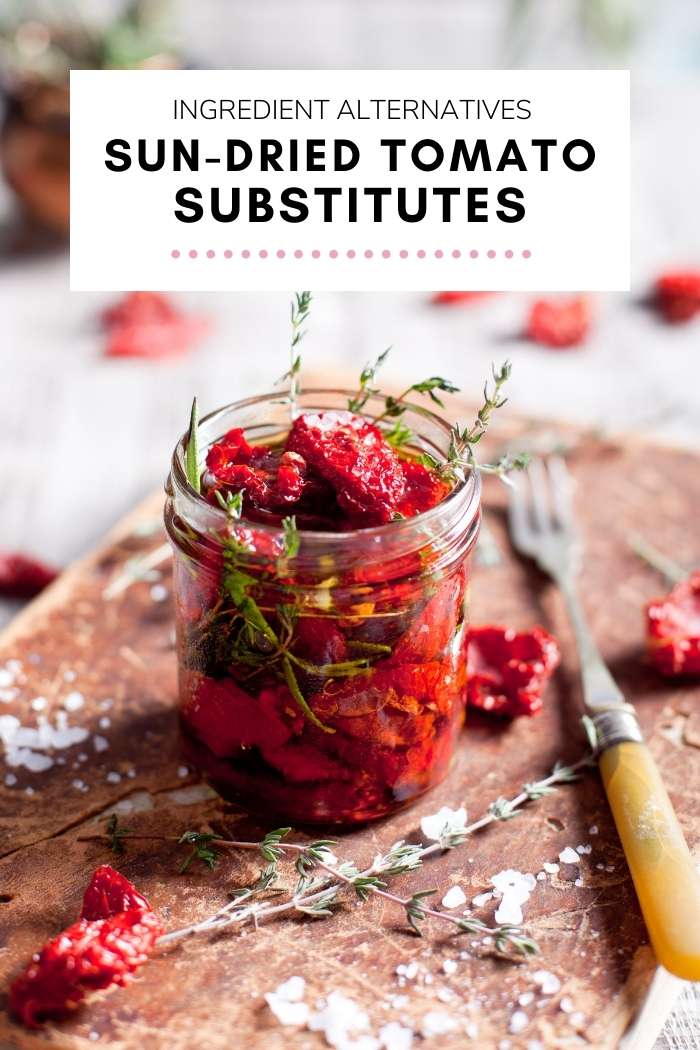
Sun-dried tomatoes are tomatoes that have been dried in the sun. They’ve been dehydrated, which makes them small and shriveled up and gives them a unique flavor. Most people add them to dishes for a burst of sweet, tart flavor and a chewy texture.
If you’ve just finished hand-making pasta and are ready to start preparing your sauce for dinner, you might want to consider adding in some sun-dried tomatoes. After all, their unique flavor brings an intense, concentrated tartness that’s hard to replicate.
If you haven’t got any on deck, though, don’t stress! You can substitute them with some common ingredients to replicate the flavor, and the best part is, it can be done in a pinch!
However, the best substitution depends on the recipe.
For example, you can try other options like canned tomatoes, tomato paste, fresh tomatoes, and tomato purée, or you can use vegetables like roasted bell peppers or tamarind. They all do the trick!
Canned Tomatoes
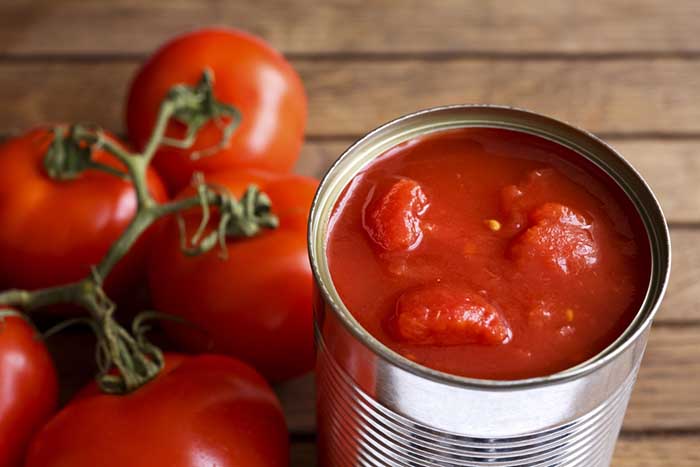
Canned peeled tomatoes are the first recommendation. They’re an ideal replacement in several recipes but most effective when making sauce. They have the same flavor profile as sun-dried tomatoes.
When substituting, you want to maintain a ratio of 1:3. That means for every ½ cup of sun-dried tomatoes. You need 1 ½ cups of canned tomatoes. This could also vary depending on the brand you use, so read the label of the cans you buy.
Using canned tomatoes can give you a thinner sauce, so you might need to thicken it with some tomato purée.
Tomato Paste
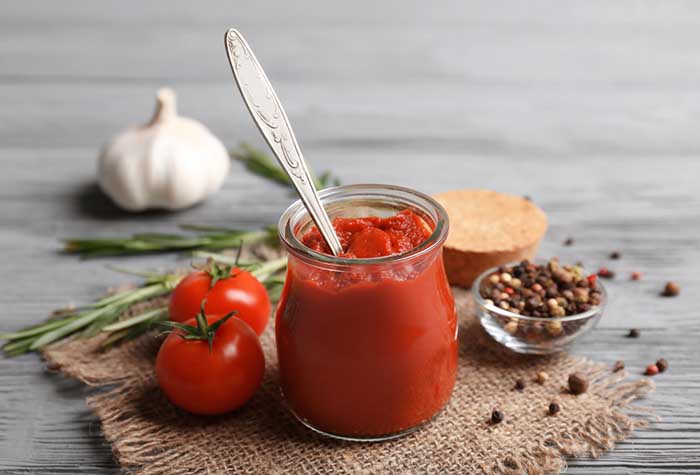
Tomato paste is a tomato concentrate you get by cooking tomatoes for several hours until the water has reduced. You strain the seeds and skins and then cook it again until all the water is gone.
Because of the way it’s made, tomato paste has a flavor similar to sun-dried tomatoes in intensity. It goes well in soups and curries because it adds flavor without undesirable textures. A tablespoon of tomato paste equals about five sun-dried tomatoes. Depending on your preference, you could make a 1:1 substitution with them.
If you were trying to make a dish highlighting the chewiness of the sun-dried tomatoes, you might want a different substitute or a combination of ingredients. The paste has the flavor, and the peppers have the texture.
Tomato Purée
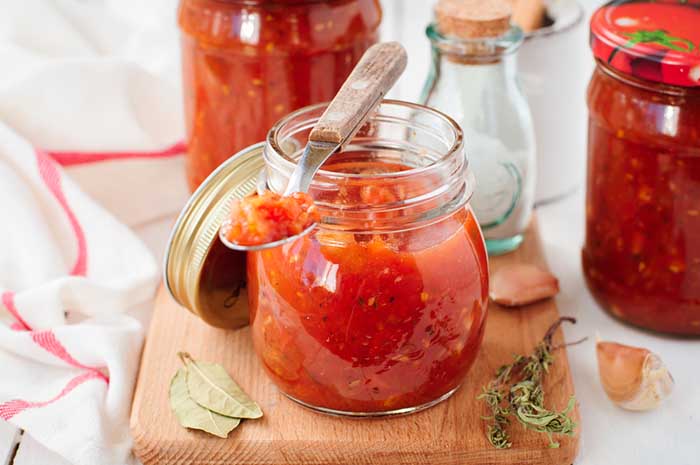
Tomato purée is made the same way as tomato paste, but it’s not cooked for as long. Once you’ve cooked your tomatoes long enough to reduce the water, you purée them in a blender until they turn into a liquid.
The result is a thinner liquid with a milder, sweeter flavor than tomato paste. You can use tomato purée as a base for condiments like salsa or pizza sauce.
You can’t make a 1:1 substitution because tomato purée is not nearly as flavorful. If you’re using a recipe that doesn’t need much liquid, you can adjust the amount of water or stock that goes into it. You can use less to make up for the purée.
Combining canned tomatoes and tomato purée is a great way to recreate sun-dried tomatoes’ texture and flavor profile.
Roasted Bell Pepper

As the name suggests, roasted bell pepper is a fresh bell pepper roasted in the oven. Roasting vegetables usually brings out their natural sweetness while giving you a crisp exterior. That’s true for bell peppers, too, and is why they make a good substitution here.
Their flavor is a close match, and the texture isn’t too far off either. A bell pepper will be crunchier than a tomato, but not an unpleasant amount. You can use them in just about any recipe that uses sundried tomatoes. Pasta or pizza will be the best choices to highlight the profile of the pepper.
You can stick to a 1:1 ratio for these as well. That’s more like one tablespoon of peppers to one tablespoon of tomatoes, not one pepper per tomato.
Fresh Tomatoes
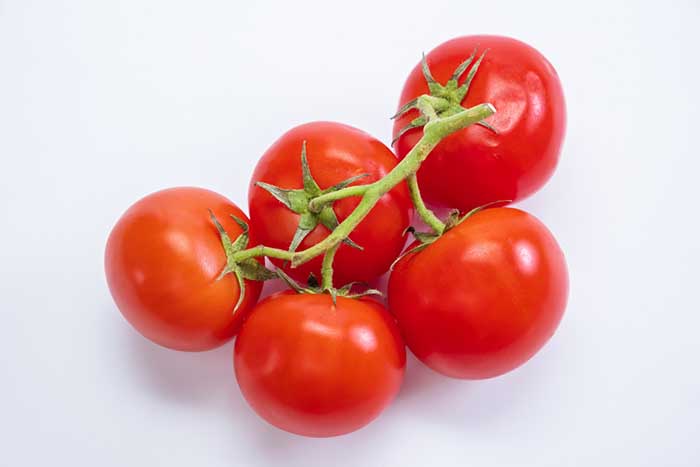
Fresh tomatoes are an excellent choice if you don’t have sun-dried. They match closer in flavor and texture than the other tomato options. Their flavor isn’t as intense because it’s not in concentrated form, but it gives you more to chew on.
Fresh tomatoes do have more liquid, so you may need to adjust your recipe to account for that. They are excellent in salads, pizza, pasta dishes, and sandwiches. You can even eat them plain as a snack.
You could add them to soup in theory, but it won’t be their best work. If you slice them, they’ll fall apart. If you add them whole, they may not cook properly. The smaller Roma tomatoes would do better. The other tomato options will be better choices for soup, though.
If you have time, you could dry fresh tomatoes yourself. You can dry them in the sun, in the oven, or in a dehydrator. The oven will probably be the most convenient. Slice your tomatoes in half and sprinkle them with sea salt. Slow roast them for 2.5-3.5 hours in the oven at 250℉.
Tamarind Paste
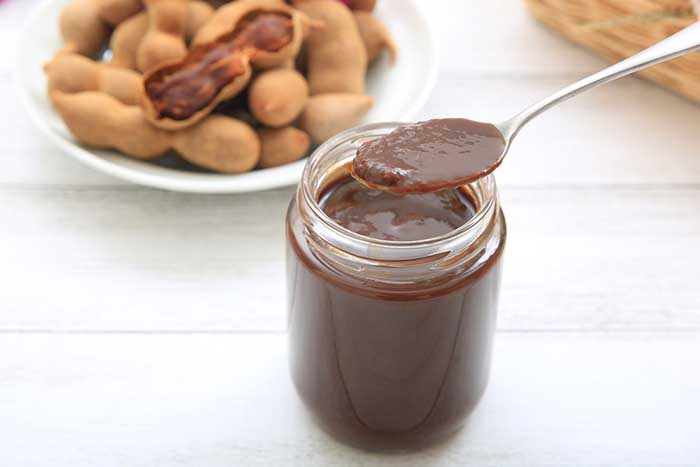
Tamarind paste comes from the fruit of the Tamarind tree. It’s a brown pod fruit that’s sour, dark, and sticky. You can make the paste by boiling the tamarind in water until it reduces. You strain it and then cook it again until it becomes concentrated.
As the fruit is sour, the paste is also sour. You’ll need to add a bit of sugar to your recipe to account for that. It will be similar in texture to tomato paste. That means it’s a good flavor substitute, but it won’t give you the same texture as sun-dried.
Tamarind paste goes well in many curry dishes, sauces, and soups. When you add the sugar and the tamarind, you get a nice sweet-sour balance in your dishes. You can combine this paste with canned tomatoes or fresh tomatoes. That will add back some of the chewiness of the sun-dried tomatoes.

